
With the dawn of the Jet Age came a social and stylistic revolution that stretched far beyond aviation. The American automotive giants took full advantage of its effect on pop culture – however, Vignale’s outlandish Ferrari 212 Inters were the first that made the cut for the international jet set…
Following on from the 166 Inter, Ferrari’s first car to be tamed for road use, the 212 Inter moved the melding of ground-breaking performance and lavish luxury to the next level – just as the de Havilland Comet was doing in the commercial aviation industry. During this formative period in the early 1950s, around 80 Inter-spec 212s were produced and subsequently farmed out to independent coachbuilders for their clothing. Among these was Vignale, whose outré shapings Il Commendatore increasingly preferred to those of his other collaborators of the time, such as Ghia and Touring.
Six Geneva Coupés
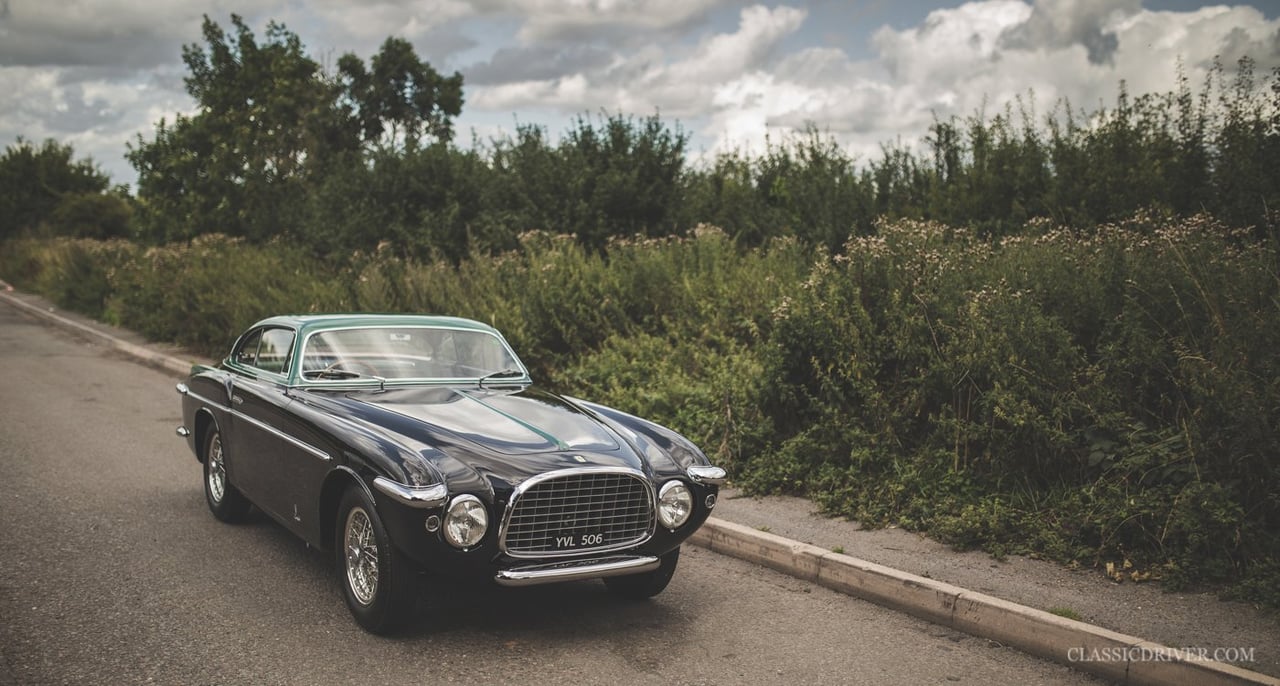


In the case of the six 212 Inters that soon became known as the ‘Geneva Coupés’ – the first of which was the car pictured here – initial designs were conjured up by Giovanni Michelotti before being brought to life in the workshop of Alfredo Vignale. The Turinese metalwork expert executed his commissions like a true artist, treating each rolling chassis with the individuality of a sculptor given a fresh block of marble. As such, although the Geneva Coupés of 1953 bore many visual similarities, both with each other and the 340 Mexico berlinettas purpose-built to contest the Carrera Panamericana the previous year, they all had not-so-subtle differences.
Flight-inspired flourishes
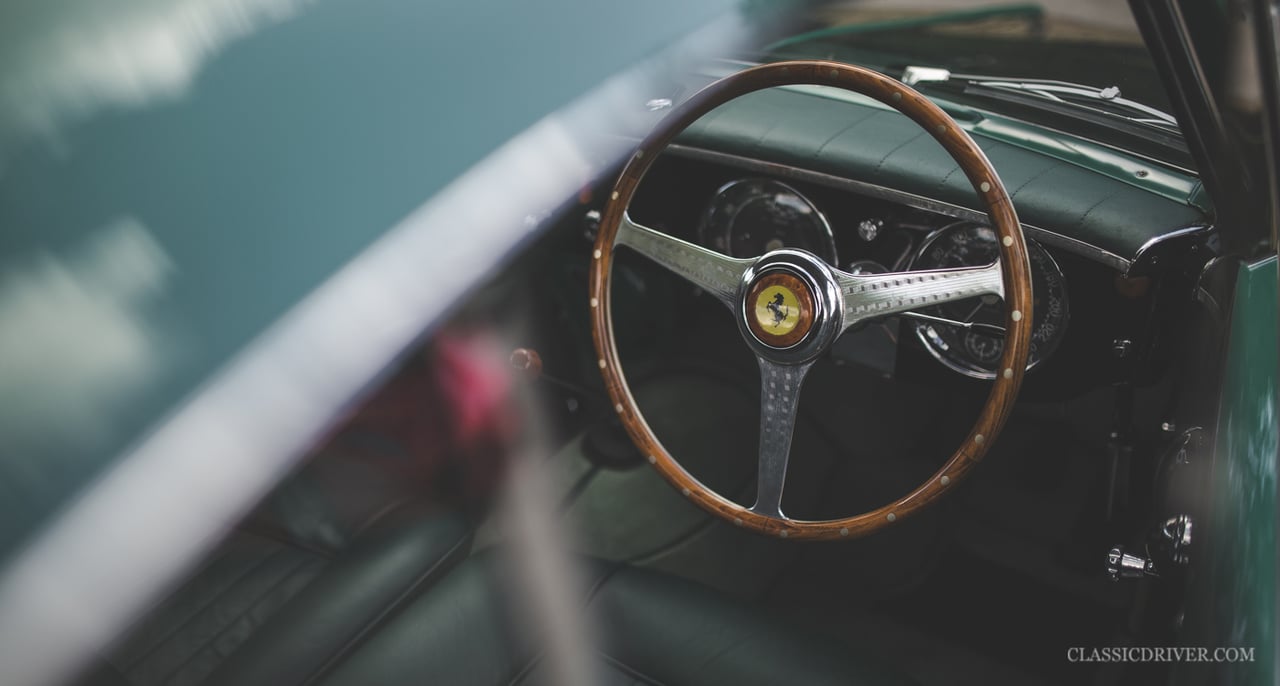
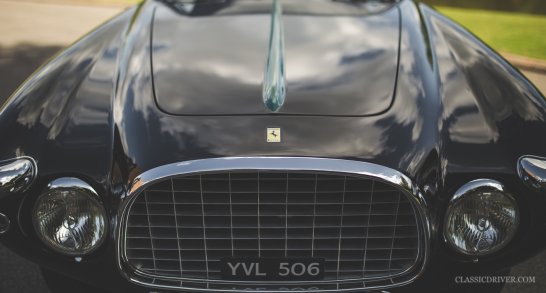
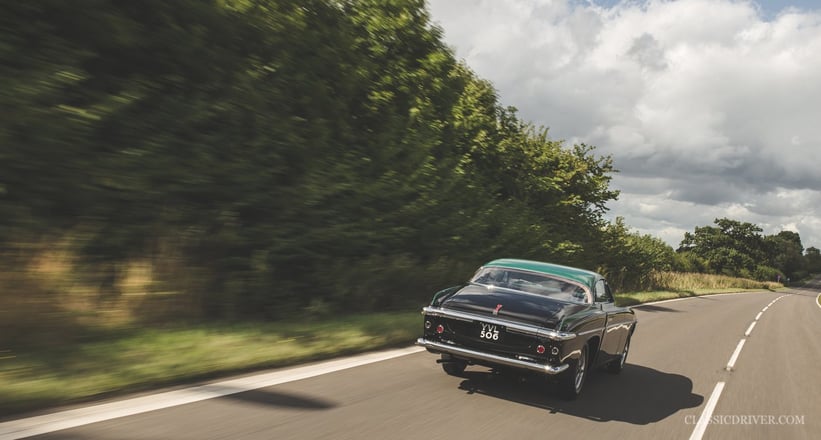
Alongside the increasingly familiar ‘egg-crate’ grille, other dominant features on the first car included a set of bumper-ettes, superfluous but entirely character-defining. These were worn high above the main bumper and led into a sky-high shoulder line which, when twinned with the low roofline, gave a ‘chopped’ appearance. The bonnet crease and tailfins were lifted straight from the aero epoch, and highlighted by the two-tone colour scheme that might easily have been applied to the trend-setting uniforms of the era’s ‘trolley-dollies’. Interestingly, many of the design flourishes used would come to define a crucial period of American automotive design, despite the locally clothed Ferrari’s emergence tallying with the recognised pioneers of Jet Age styling, such as theCadillac Eldorado and GM Firebird concept.
More than the obvious attractions
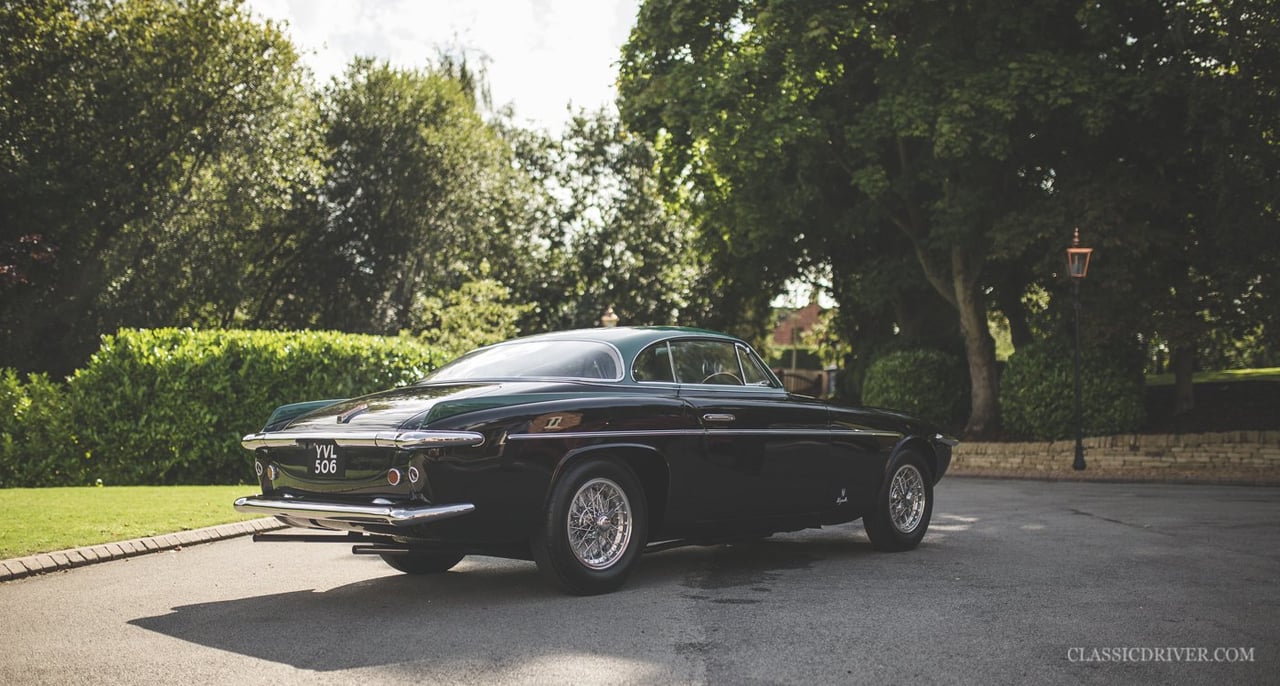


Even though it was the next generation of competition-derived Ferraris that brought mechanical advancements (such as disc brakes and synchro ’boxes) to rival those taking hold in the skies above, the 212 Inter was still all but unmatched on the road. Boasting new developments such as a five-speed gearbox and the latest 2.6-litre version of the ever-expanding Colombo V12, it drew in customers who wanted class-leading performance and luxury in equal measure. Indeed, this example was bought new by the owner of a two-time Indy 500-winning racing team, shortly after it was inaugurated at the San Remo Concours d’Elegance.

As such, when it’s offered at the forthcoming RM Sotheby’s ‘Driven by Disruption’ sale on 10 December in New York (an auction showcasing ‘the moulds broken by engineers and designers’), the rare Vignale-bodied Ferrari 212 Inter will not only offer the obvious attractions – but also the fact that it was an unsung innovator of the Jet Age era that today’s designers still use for inspiration.
Photos: Tom Shaxson for Classic Driver © 2015

Aucun commentaire:
Enregistrer un commentaire